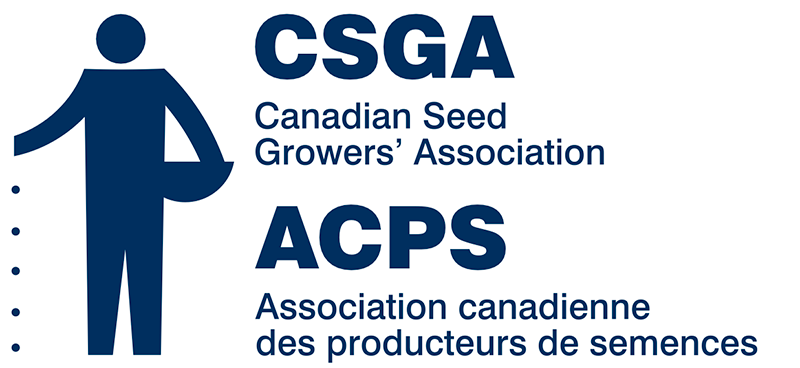Intellectual Property Rights Play Key Role
Developing new varieties is a long term investment that entails years of work. Funding the work of breeders and researchers to develop varieties allows for improved crops that are more successful in terms of yield, purity and sales. It’s important to protect intellectual property rights (IPR) in crop technology – just like patents protect the design of your combine.
By respecting intellectual property rights, you get new varieties that:
- Increase resistance to stress conditions
- Improve agronomic performance
- Meet industrial needs
- Provide value-added products
- Improve competitiveness
Types of IPR Systems used by Seed Suppliers
- Plant Breeders’ Rights (PBR) provide the developers of plant varieties an opportunity to recover their investment in research. PBR enables the breeder to collect a royalty on protected propagating material. PBR is one of the simplest ways to ensure breeders see the fruits of their labour. Royalties are typically 5-8% of the cost of seed – just cents on a bushel to support new variety development.
- Contracts are written agreements between the seed buyer and the seed supplier that set out the terms on which seed may be purchased. If the contract is unacceptable, you do not need to sign the contract. If you agree with the terms and sign the contract, then you get the benefits of the product.
- With a Technology Use Agreement (TUA), a seed buyer and seed supplier agree to the terms of use for a particular product. It is really a form of contract.
- A Bag License is similar to a “shrink wrap” license on computer software that says it can’t be copied. By signing for seed with a license, or opening a licensed bag of seed, the buyer agrees to respect the specific terms of use for the product as printed on the bag.
- Patents are rights granted by governments to inventors in exchange for sharing the details of a discovery. The inventor is protected – for a specified period of time – from others copying the invention, enabling him or her to recoup some of the development costs.
- A Check-off is a percentage of commodity sales revenue collected at the time of sale, usually authorized by provincial agricultural marketing legislation. With some crops, this check-off money goes back to breeding organizations to advance more research. This is often not returned directly to the breeder but commodity marketing organizations often use some check-off revenue to support new variety development.







